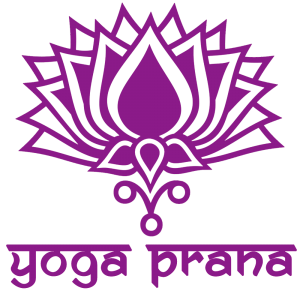Chakras, in Hindu metaphysical tradition and other belief systems, are centers of Prana, life force, or vital energy. Chakras correspond to vital points in the physical body i.e. major plexuses of arteries, veins and nerves. Texts and teachings present different numbers of chakras.
Their name derives from the Sanskrit word for “wheel” or “turning”.The concept of chakra features in tantric and yogic traditions of Hinduism and Buddhism.Chakras are described as energy centers being aligned in an ascending column from the base of the spine to the top of the head. Each chakra presents us with the opportunity to establish a root relationship and to satisfy a deep soul desire. Each frequency holds the gift of a certain power, which enhances our human experience on Planet Earth. As we tune into this power, we are internally empowered to deal with the specific life challenges of that energy center or chakra and as a consequence to live more whole, meaningful and fulfilling lives.
New Age practices often associate each chakra with a certain colour. In various traditions chakras are associated with multiple physiological functions, an aspect of consciousness, a classical element, and other distinguishing characteristics. They are visualised as lotuses/flowers with a different number of petals in every chakra.
The chakras are thought to vitalize the physical body and to be associated with interactions of a physical, emotional and mental nature. They are considered center of life energy or prana, also called shakti, qi (Chinese; ki in Japanese), koach-ha-guf (Hebrew), bios (Greek) & aether (Greek, English), which is thought to flow among them along pathways called nadis. The function of the chakras is to spin and draw in this energy to keep the spiritual, mental, emotional and physical health of the body in balance. They are said by some to reflect how the unified consciousness of humanity (the immortal human being or the soul), is divided to manage different aspects of earthly life (body/instinct/vital energy/deeper emotions/communication/having an overview of life/contact to God). The chakras are placed at differing levels of spiritual subtlety, with Sahasrara or crown chakra at the top being concerned with pure consciousness, and Muladhara or basic chakra at the bottom being concerned with matter, which is seen simply as condensed, or gross consciousness.
A development in Western practices dating back to the 1940s is to associate each one of the seven chakras to a colour and a corresponding crystal.Understanding existence and physical form as an interpretation of light energy through the physical eyes will open up greater potential to explore the energetic boundaries of color, form and light that are perceived as immediate reality. Indian Yogic teachings assign to the seven major chakras specific qualities, such as color of influence (from the 7 rays of spectrum light), elements (such as earth, air, water & ether), body sense (such as touch, taste, and smell), and relation to an endocrine gland.
Each major chakra has a subchakra or several subchakras.The human energy body is filled with big or small chakras or vortices of energy.These vortices of energy also correponds to acupuncture points.
Learn how to balance your chakras, how to heal ailments caused by improper type or amount of energy contained in chakras.


